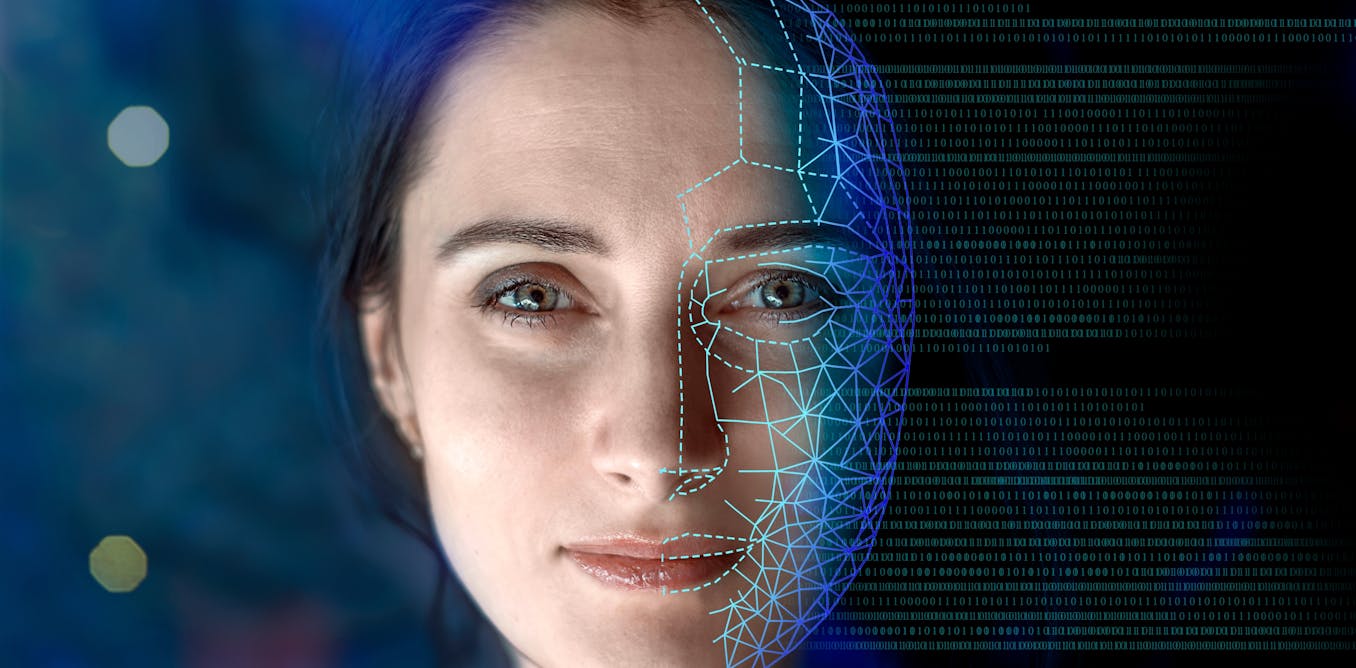Earlier this year, a Spanish TV programme showed several people listening to digital recreations of the voices of their deceased relatives that had been generated by artificial intelligence from real audios. It sparked widespread debate in both public and professional spheres, as these recreations not only mimicked loved ones’ voices, but also asked poignant, evocative questions, provoking intense emotional reactions.
This phenomenon, which has been dubbed “digital resurrection”, involves using advanced AI technology to recreate certain aspects of deceased individuals, such as their voice or physical appearance. While it may offer momentary comfort, such a practice opens a raft of profound debates on ethical, philosophical and legal fronts.
The risk of creating false memories
Chief among the philosophical implications of digital resurrection is that it calls into question what it really means to “be”. By recreating the voice or likeness of someone who has passed away, we might believe we are extending their existence in some way, or perhaps that we are simply creating a shadow of them, lacking in substance.
However, the essence of a human being is undoubtedly more than a set of programmed responses or an image on a screen, and it seems unlikely that a digital simulation can capture the depth and uniqueness of a person’s lived experience, emotions and thoughts.
Memory plays an important role here. Digital resurrection can be seen as an attempt to preserve memory, to maintain the presence of those we have lost. But human memory is not static – it selects, changes, shifts and adapts, and by digitally recreating a person, we run the risk of altering our own authentic memories of them. Is it ethical to hold on to an artificial representation of someone, instead of letting the memory of them evolve and transform over time?
True identity
A person’s identity is a complex web of experiences and relationships. When we try to recreate someone, we might think we are trying to capture their identity. However, we are more likely to create an idealised version of them, one that conforms to our own expectations and desires.
These technological advances also raise questions about grief itself. Death is a natural part of life, and mourning is essential for coming to terms with this loss. By trying to maintain a connection with the deceased through digital resurrection, we interfere with this vital process, which could prevent us from moving forward and finding peace in the acceptance of loss.
Ultimately, digital resurrection also opens serious debate on the subject of consent and ownership. Who has the right to decide whether a person should be digitally recreated? And how can you handle the consent of someone who can, for obvious reasons, no longer express their wishes?
Exploiting grief for profit
We have to remember that technology is a business, and the prospect of companies making a profit by meddling with something as profoundly human and painful as the loss of a loved one raises further philosophical, ethical and moral questions.
From an ethical point of view, this kind of business seems to transgress the fundamental principles of respect and dignity that should guide our human interactions. Grieving is an intimate and sacred process, a path to acceptance and inner peace after a significant loss. Commercial intrusion into this process could therefore be seen as a form of emotional exploitation, taking advantage of people at one of the most vulnerable moments in their lives.
Business of this sort could also distort the natural grieving process. Grief and loss are essential experiences of the human condition, and dealing with them helps us to grow as people. If commercially marketed digital resurrection prevents people from moving through this process in a healthy way – offering an illusion of a person’s presence rather than helping to accept the reality of their absence – it offers little by way of benefit.
From a moral perspective, the intentions and purposes of such businesses would be questionable. In principle they seem to have the aim of providing comfort and a way of remembering loved ones. However, where do we draw the line between offering solace and exploiting grief for profit?
Digital resurrection exacerbates grief
At the heart of “digital resurrection” lies a profound and disturbing paradox. In its attempt to bring us closer to those we have lost, technology confronts us with the inescapable reality of their absence, leading us to question not only the nature of existence, but also the essence of what it means to be human.
By attempting to make up for the absence of a loved one or fill the void they have left, these technologies deepen both our desire to hold on to what we have lost, and our own personal struggles to cope with and process grief in the face of the inescapable reality of death.
The paradox is further extended when we consider that, in our effort to preserve the memory and essence of loved ones, we resort to simulations that, by their artificial nature, can never fully capture the complexity and depth of real human experience. Thus, we are faced with an imperfect, digitised representation that, while comforting in some ways, struggles to do justice to the true essence of someone we have loved and lost.



